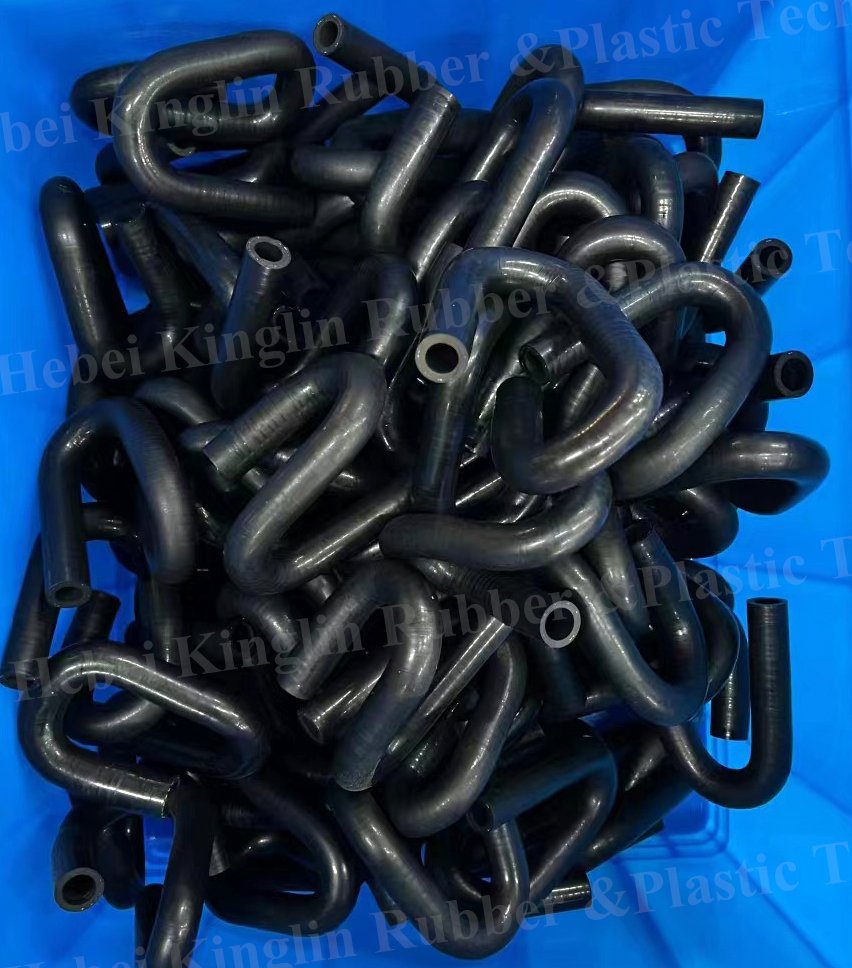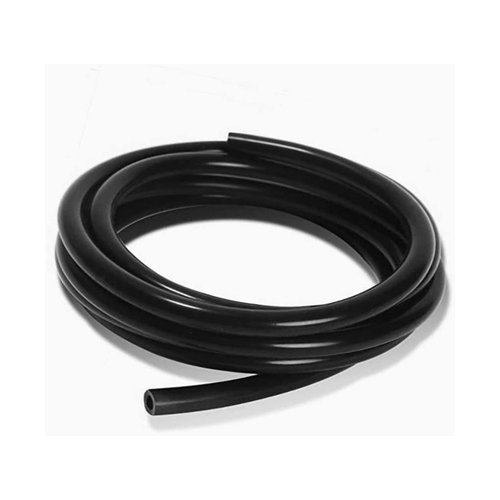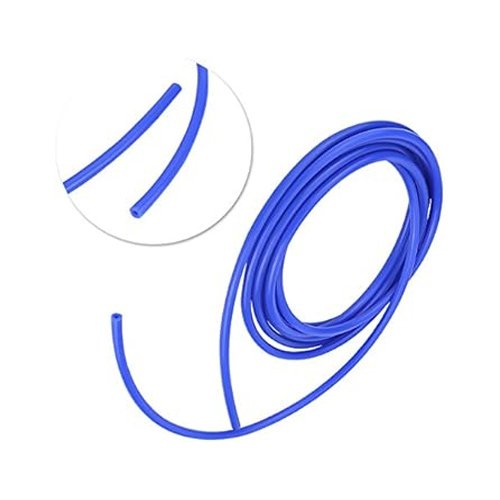Introduction:
Rubber hoses are widely used for a variety of applications due to their durability, versatility, and ability to handle various fluids and gases. However, there may be instances where you require your rubber hose to be more flexible to accommodate specific needs or improve maneuverability. In this article, we will explore effective methods and techniques to make your rubber hose more flexible, allowing for greater ease of use and versatility in a range of applications.
Understanding Rubber Hoses:
Rubber hoses are composed of synthetic rubber compounds, designed to withstand pressure, temperature fluctuations, and exposure to different chemicals. While rubber hoses are naturally flexible, certain factors can affect their flexibility, such as age, exposure to extreme temperatures, or improper storage. By employing the following techniques, you can enhance the flexibility of your rubber hose.
Techniques to Improve Flexibility:
2.1. Warm Water Soaking:
One simple and effective method to increase the flexibility of your rubber hose is by soaking it in warm water. Follow these steps:
1: Prepare a basin or bucket: Fill a basin or bucket with warm water, ensuring it is not too hot to avoid damaging the hose.
2: Submerge the hose: Immerse the rubber hose completely in the warm water, allowing it to soak for approximately 30 minutes to an hour.
3: Flex the hose: After soaking, remove the hose from the water and flex it gently in various directions. This process helps to loosen the rubber and improve its overall flexibility.
4: Dry thoroughly: Once you have achieved the desired flexibility, ensure the hose is completely dry before using or storing it.
2.2. Heat Application:
Heat application can significantly increase the flexibility of a rubber hose. However, this method requires caution and careful handling to prevent damage. Follow these steps:
1: Use a heat source: You can utilize a hairdryer, heat gun, or warm air from an oven to apply heat to the rubber hose. Ensure the heat source is set to a low or medium setting to prevent overheating.
2: Apply heat gradually: Move the heat source along the length of the hose, maintaining a safe distance and continuously rotating the hose to evenly distribute the heat.
3: Flex the hose: While the hose is warm, gently flex it in different directions to encourage increased flexibility. Be cautious not to exert excessive force that could cause damage.
4: Allow cooling and set: After heating, allow the hose to cool down gradually, which helps to set the new shape and improve its flexibility.
2.3. Commercial Hose Conditioners:
Commercial hose conditioners or lubricants specifically designed for rubber hoses are available in the market. These products can soften the rubber, making it more flexible and easier to handle. Follow the instructions provided by the manufacturer to apply the conditioner to your rubber hose effectively.
Additional Tips for Maintaining Flexibility:
To maintain the flexibility of your rubber hose in the long term, consider the following tips:
Proper storage: Store your rubber hose in a cool, dry place away from direct sunlight, extreme temperatures, and exposure to chemicals.
Avoid kinks and bends: Do not excessively bend or kink the hose during use, as it can lead to permanent damage and reduced flexibility.
Regular cleaning: Clean your rubber hose regularly to remove debris, dirt, and contaminants that can affect its flexibility over time.
Inspect for damage: Routinely inspect your rubber hose for signs of cracks, leaks, or deterioration. Promptly replace damaged sections to maintain flexibility and prevent further issues.
Conclusion:
By utilizing the techniques mentioned above, you can significantly improve the flexibility of your rubber hose, making it more



